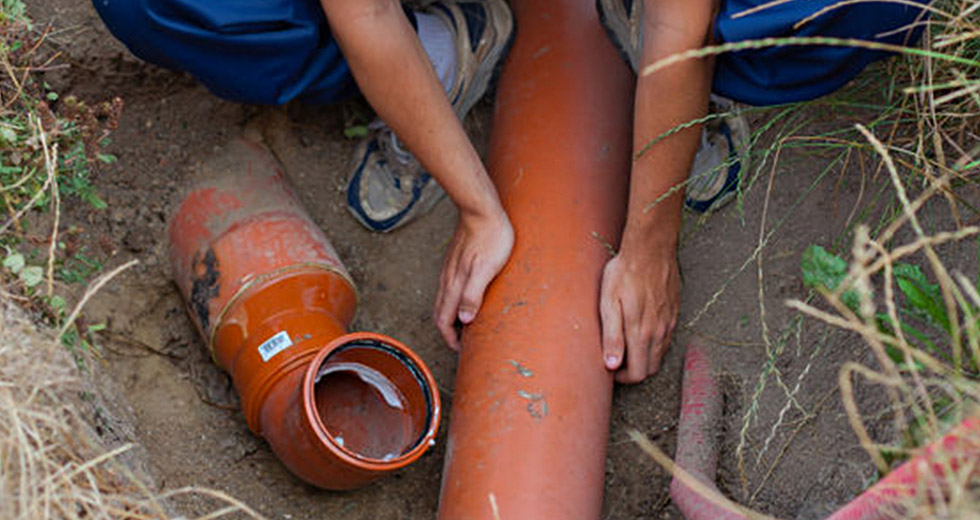The growth rate of roots within sewer lines can vary significantly based on several factors, including the type of tree or plant, the condition of the sewer system, soil characteristics, and the presence of water and nutrients. While it’s challenging to provide an exact figure for how fast roots grow back in sewer lines, it’s essential to understand the underlying mechanisms that contribute to their growth and intrusion.
Root intrusion into sewer lines is a common problem that occurs when tree or shrub roots seek out sources of water and nutrients. Sewer lines, which carry wastewater and can contain small leaks or cracks, often emit moisture and organic compounds that attract roots. When roots find their way into these lines, they can grow and expand, causing blockages, backups, and damage to the pipes.
The rate of root growth can vary greatly between different plant species. Some trees, like willows and poplars, are known for aggressive root growth, while others may exhibit slower growth. On average, roots tend to grow at a pace of several inches per year in optimal conditions. However, once roots have entered a sewer line, their growth can accelerate due to the presence of moisture, nutrients, and the confined space within the pipes.
Factors that can influence the rate of root growth in sewer lines include:
- Species of Trees and Plants: Different species have varying growth rates and root structures. Trees with more extensive, dense root systems are more likely to cause problems in sewer lines.
- Pipe Material and Condition: Older pipes made of clay or cast iron are more susceptible to root intrusion due to cracks and joints that provide entry points. Newer pipes made of plastic or PVC are generally more resistant to root intrusion.
- Soil Conditions: Soil type and moisture levels impact root growth. Loose, well-aerated soils might encourage more rapid root expansion compared to compacted or clay-heavy soils.
- Water Availability: The presence of water leaks or condensation within sewer lines can attract roots and stimulate their growth. Roots are more likely to thrive in environments with ample moisture.
- Nutrient Availability: Sewer systems can carry organic materials and nutrients, providing a food source that supports root growth.
- Proximity to Sewer Lines: Trees and shrubs planted close to sewer lines are more likely to have their roots infiltrate the pipes.
- Root Cutting and Maintenance: Regular maintenance, such as root cutting, can slow down root intrusion. However, aggressive cutting might stimulate even faster regrowth.
Given the complex interplay of these factors, predicting an exact rate at which roots grow back in sewer lines is challenging. It’s crucial to take preventive measures to minimize root intrusion, such as avoiding planting trees near sewer lines, conducting regular sewer line inspections, and using root-resistant pipe materials when installing or repairing sewer systems.
While root growth rates within sewer lines can vary, it is generally influenced by factors such as the type of plant, pipe material, soil conditions, water availability, and maintenance practices. Regular maintenance and preventive measures are key to managing root intrusion and avoiding costly sewer line damage.
